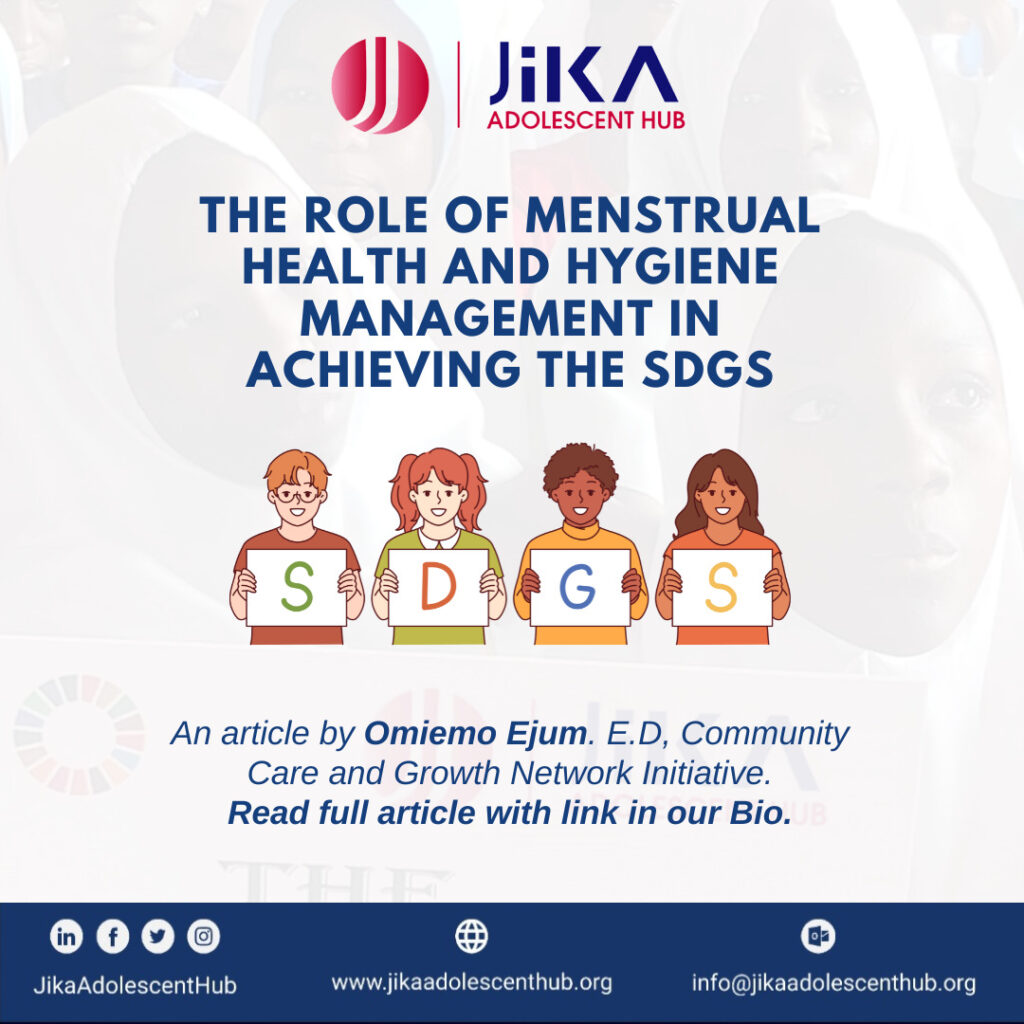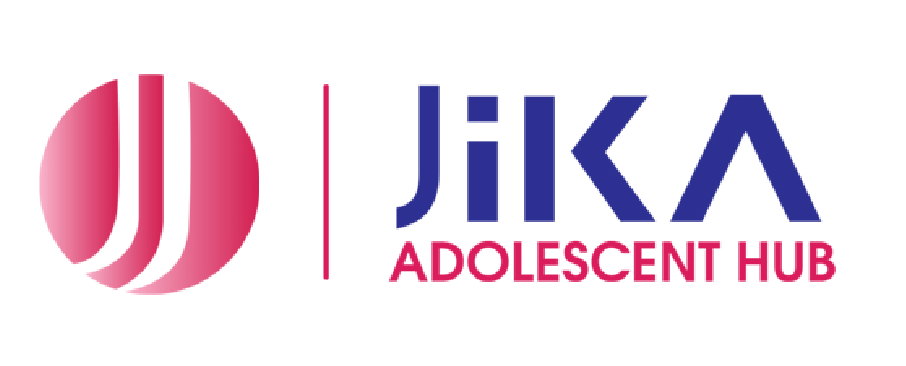Introduction:
Menstrual Health and Hygiene Management in Africa
Menstrual Hygiene Management (MHM), as defined by the WHO and UNICEF joint monitoring program, encompasses the access to and availability of clean menstrual products for collecting menstrual blood, decent privacy for changing materials, access to clean water and soap for washing the body as needed, and safe and convenient facilities for disposing of used menstrual materials with dignity, comfort, and without fear.
Problem:
Every month, approximately 1.8 billion people menstruate globally, with about 37 million women and girls in Africa affected. Alarmingly, 30% of African girls miss school during their menstrual periods, while 10% feel embarrassed during their menstrual flow. According to UN Women, focusing on African communities, over 100 million African women and girls cannot afford menstrual products due to rising sanitary material costs. This has led some girls to engage in sex work to afford these products, resulting in unwanted pregnancies, sexually transmitted diseases, abortion, death, school dropout, and other negative consequences that hinder community and national growth and economy.
Research suggests that inadequate sanitary facilities negatively impact girls’ school experiences, causing many to miss classes during menstruation. A 2020 report assessing water, sanitation, and hygiene (WASH) in schools across some states and administrative areas found that only 72% of schools had access to adequate water sources, with boreholes being the most common source. However, 45% of these boreholes were located near schools without water, and 40% of schools lacked toilets.
In Nigeria, girls in school often face indignity in managing their menstrual hygiene, which affects their retention, attendance, and completion rates. Statistically, less than 1 in 10 schools have girls’ toilets with provisions for menstrual health and hygiene management. To keep girls in school, toilets must be gender-segregated, have water and soap for washing, and include covered garbage bins (WASH NORMs 2021)
Schools with female-friendly facilities that incorporate menstrual education into their curriculum for both boys and girls can reduce stigma and promote better education and health outcomes (UNICEF 2015). For instance, in South Sudan, the lack of WASH facilities in schools has significantly impacted school performance among girls (Tamiru et al. 2015)
The role of Menstrual Health Hygiene Management in achieving SDGs:
Menstrual health and hygiene management are essential for fulfilling every girl’s and woman’s rights, being a key component of the Sustainable Development Goals (SDGs). According to UNICEF, women’s access to menstrual health and hygiene (MHH) is a crucial component of gender-responsive Water, Sanitation, and Hygiene (WASH) services.
Access to menstrual health and hygiene is integral to achieving several SDGs. Lack of knowledge about puberty and menstruation may contribute to early and unwanted pregnancies. Poor sanitation can make girls susceptible to reproductive tract infections, hindering progress toward SDG 3. The unavailability of WASH facilities can lead to absenteeism from school, affecting education and progress toward SDG 4. Inability to work due to inadequate menstrual health and hygiene management can impede economic growth (SDG 8) and gender equality (SDG 5), as menstruating girls and women may be prevented from fully participating in society (WASH NORMs 2021)
Proposed Solution:
Effective menstrual health and hygiene management requires multi-faceted interventions, including:
1. Educating adolescent girls and boys about menstruation.
2. Establishing accessible and well-maintained Water, Sanitation, and Hygiene (WASH) facilities in schools and workplaces.
3. Ensuring sanitary materials are affordable and readily available.4. Organizing community sensitization and awareness
Key Terms:
Menstruation or menses: This is the natural body monthly process of releasing blood from the lining of the uterus to the cervix and passing out of the body through the vagina.
Menarche: This is the onset of menstruation, the time when a girl has her first menstrual period.
A menstruator is a person who menstruates and therefore has menstrual health and hygiene needs.
Menstrual hygiene materials are the products used to catch menstrual flow, such as pads, cloths, tampons, or cups.
Menstrual supplies are other supportive items needed for MHH, such as body and laundry soap, underwear, and pain relief items.
Menstrual facilities are those facilities most associated with safe and dignified menstruation, such as toilets and water infrastructure.
Sources
https://www.worldbank.org/en/topic/water/brief/menstrual-health-and-hygiene
An assessment of menstrual hygiene management in secondary schools.
The Effect of Menstrual Hygiene Management on Girl Child School Attendance.Towards a sustainable solution for school menstrual hygiene managemen
Written by : Omiemo Ejum
Executive Director/Founder: Community Care and Growth Network Initiative



